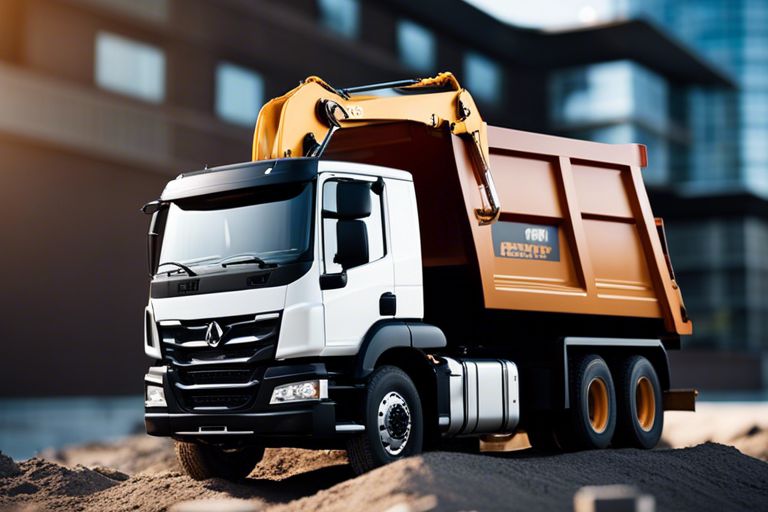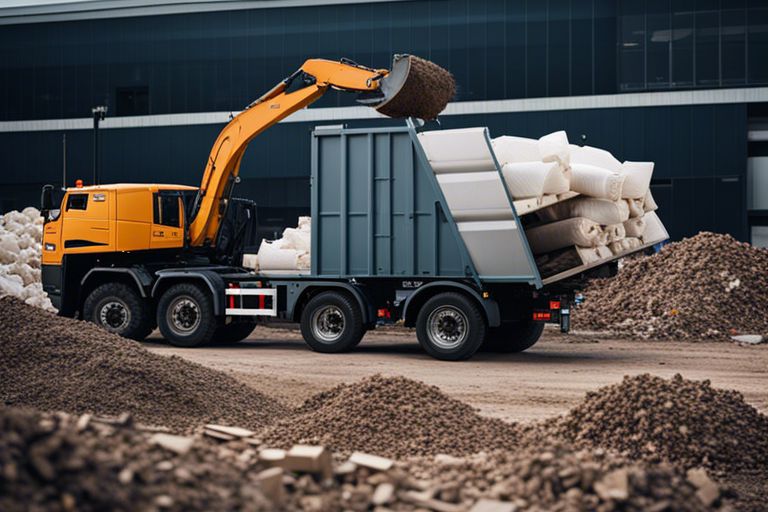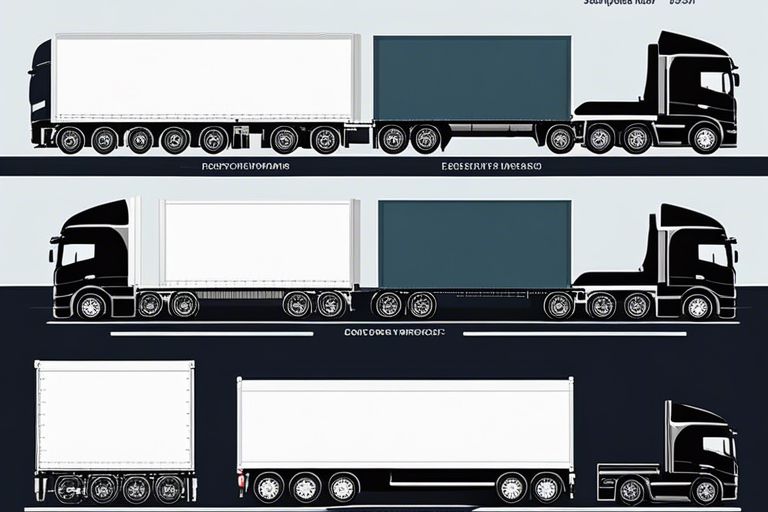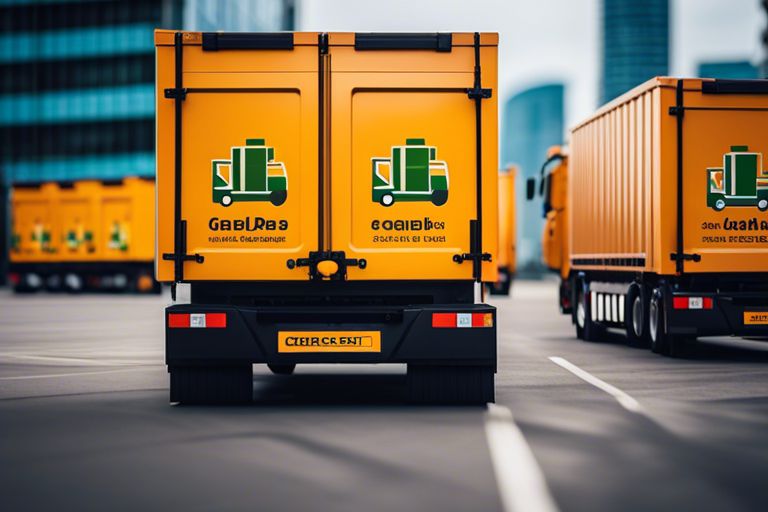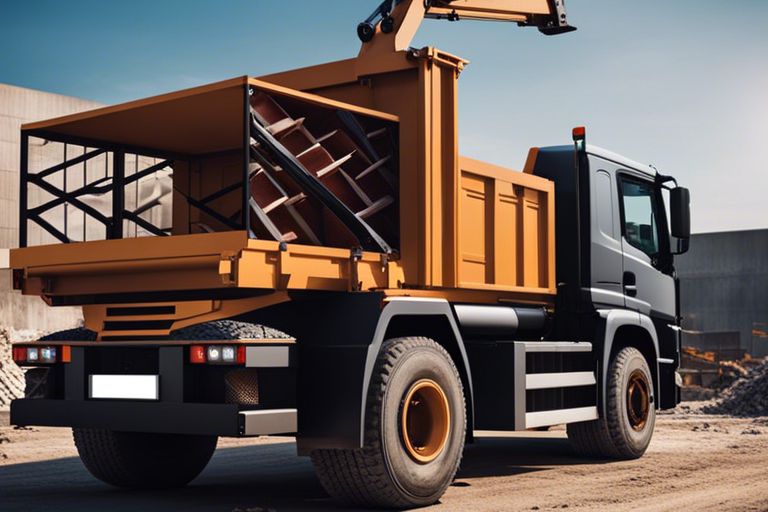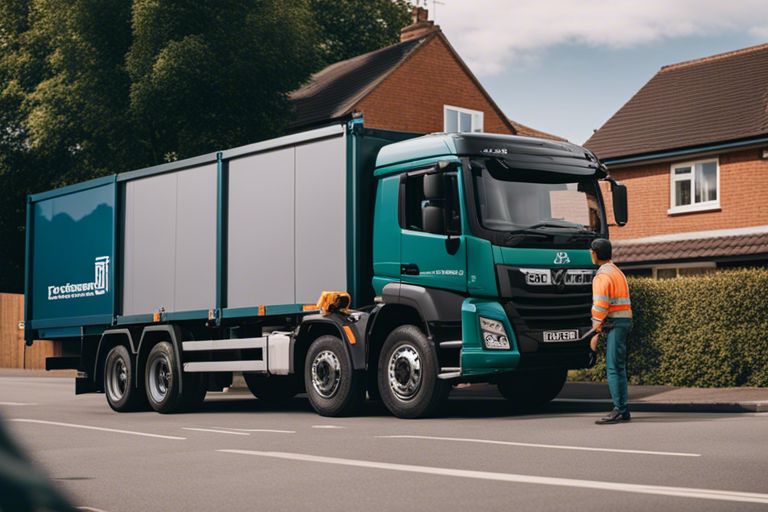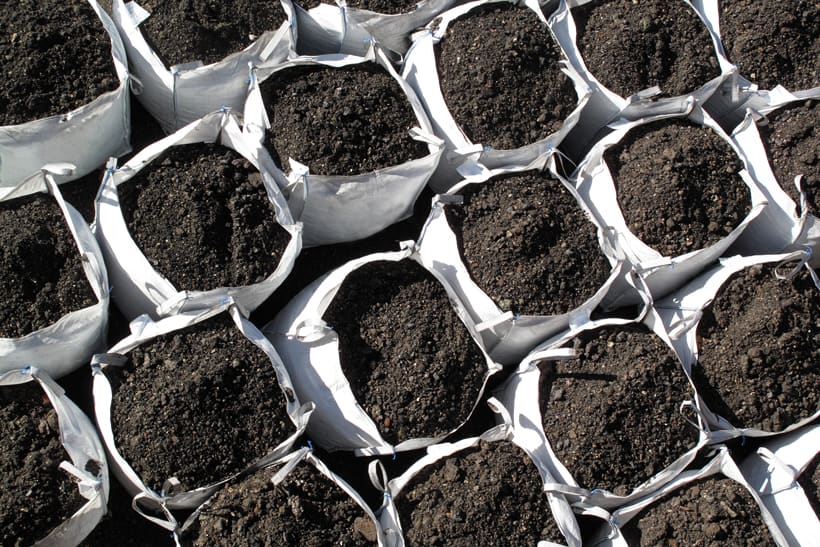In this article, we will explore the uncommon and surprising items that can actually be recycled. Many people are unaware of the fact that certain items which are commonly thrown away can have a significant impact on the environment if not recycled. By shedding light on these items, we aim to inspire our readers to take action and make a positive impact on the planet. From electronics to clothing, you might be surprised at the potential for recycling and reusing items that are often overlooked. By educating ourselves on the possibilities for recycling, we can all play a part in reducing waste and protecting our environment for future generations.
Key Takeaways:
- Electronic Devices: Many electronic devices like mobile phones and laptops can be recycled to recover valuable materials.
- Clothing: Textile recycling is possible, and old clothes can be repurposed into new materials or insulation.
- Furniture: Old furniture can be recycled and turned into new products, reducing the need for new materials and saving energy.
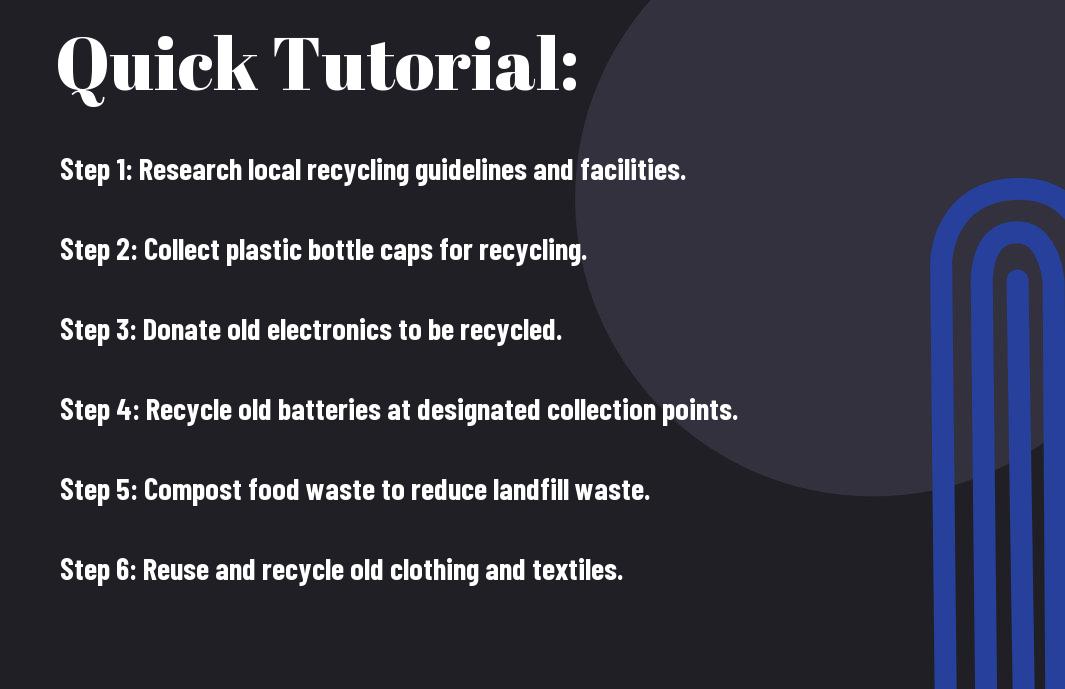
Athletic Shoes
Athletic shoes are a staple in many of our wardrobes, but did you know that they can also be recycled? With the rise of eco-conscious consumers, the recycling of athletic shoes has become a popular and sustainable option. In this chapter, we will explore the various ways in which athletic shoes can be recycled, as well as the environmental benefits of doing so.
Specialized programs
Several companies and organisations have developed specialised programs for the collection and recycling of athletic shoes. These programs often involve partnering with athletic shoe manufacturers to ensure that the materials are properly sorted and processed. Through these programs, consumers can easily donate their old athletic shoes and contribute to the recycling efforts.
Furthermore, some athletic shoe companies have implemented take-back schemes, allowing customers to return their old shoes to the manufacturer for recycling. This not only reduces the amount of shoes ending up in landfills, but also promotes a circular economy by reintroducing the materials into the production process.
Material repurposing
One of the most common methods of recycling athletic shoes is through material repurposing. The various components of the shoes, such as rubber soles and fabric uppers, can be broken down and transformed into new products. For example, the rubber from the soles can be used to create sports surfaces, playgrounds, or even new shoe soles. Similarly, the fabric can be recycled into items such as bags, clothing, or insulation material.
By repurposing the materials from athletic shoes, we can reduce the demand for new raw materials and decrease the environmental impact of manufacturing processes. This not only helps to conserve natural resources, but also minimises the energy and emissions associated with the production of new materials.
Material repurposing of athletic shoes is a sustainable solution that reduces waste and promotes a circular economy. By transforming old shoes into new products, we can effectively conserve resources and minimise environmental impact.
Wine Corks
When it comes to recycling, wine corks are often overlooked. However, they can actually be recycled in a number of ways. To find out more about items that can be recycled, check out 10 Things You Didn’t Know Could Be Recycled.
Natural cork recycling
Did you know that natural cork can be recycled? It’s true! Cork is biodegradable and can be easily recycled into a number of products such as flooring, insulation, and even shoes. By recycling your wine corks, you can help reduce the demand for virgin cork and protect the cork oak forests. This is a positive step towards sustainability and conservation.
Creative upcycling
Another way to recycle wine corks is through creative upcycling. From DIY coasters and trivets to decorative wall art, the possibilities are endless. Upcycling wine corks not only gives them a new lease of life but also reduces waste and encourages creativity. It’s a fun and eco-friendly way to reuse materials.
If you’re feeling creative, why not try making your own wine cork notice board or plant markers? By upcycling wine corks, you can add a personal touch to your home while reducing your environmental footprint. Get creative and give those wine corks a new purpose.
Eyeglasses
Many people are unaware that their old eyeglasses can be recycled, rather than just thrown away. It is estimated that millions of pairs of glasses are tossed into landfills every year, contributing to environmental waste and pollution. However, there are sustainable options for disposing of old eyewear.
Vision charities
Several vision charities around the world accept donations of old eyeglasses. These organisations refurbish the glasses and distribute them to individuals in need, particularly in developing countries where access to vision care is limited. By donating your old eyeglasses to these charities, you can make a positive impact and help someone in need.
Refurbishing uses
Another way to recycle old eyeglasses is through refurbishing. Optical shops and recycling centres can refurbish old frames and lenses, turning them into reusable eyewear. This process not only reduces waste but also provides affordable eyeglasses to those who may not be able to afford brand-new ones.
Refurbishing old eyeglasses helps to reduce the need for new production, which in turn decreases the environmental impact of manufacturing new eyewear. By choosing to refurbish old glasses, individuals can contribute to a more sustainable and eco-friendly approach to vision care.
Toothbrushes
Many people are unaware that toothbrushes can be recycled. The small size and mixed materials make them a difficult item to recycle through regular household recycling programs. However, there are alternative options for getting rid of used toothbrushes in an environmentally friendly way.
Terracycle programs
Terracycle is a company that offers recycling solutions for hard-to-recycle items, including toothbrushes. They have partnered with several oral care brands to create recycling programs specifically for toothbrushes and other dental products. By participating in these programs, individuals can ensure that their used toothbrushes are properly recycled, reducing the amount of plastic waste that ends up in landfills or the ocean.
Plastic repurposing
Another option for recycling toothbrushes is to repurpose the plastic components. Some companies and organisations use recycled toothbrushes to create new products, such as plastic lumber, playground equipment, or even art installations. This process helps to give used toothbrushes a second life, reducing the demand for new plastic and diverting waste from the environment.
Some keywords: recycling, toothbrushes, Terracycle programs, plastic repurposing, plastic waste
Crayons
Most people are unaware that crayons can be recycled. However, they can actually be melted down and reformed into new crayons. This prevents them from ending up in a landfill and gives them a new lease of life. For more information on surprising items you can recycle, check out 7 things you didn’t know you could recycle.
National initiatives
Several national recycling initiatives now accept crayons for recycling, making it easier for people to responsibly dispose of them. These initiatives aim to reduce waste and promote sustainable practices across the country. By participating in these programmes, individuals can contribute to the preservation of the environment and help reduce carbon emissions.
Artistic re-creation
Old crayons can also be repurposed for artistic re-creation. Artists and crafters use melted crayons to create unique artworks, such as colourful canvases and intricate designs. This not only extends the lifespan of the crayons but also promotes creativity and innovation in the art world.
Artistic re-creation of crayons not only reduces waste but also encourages creative expression and resourcefulness. By incorporating old crayons into artwork, individuals can contribute to the promotion of sustainability and environmental awareness. This form of upcycling allows for the transformation of discarded materials into meaningful and visually stunning creations, showcasing the potential for waste reduction and artistic innovation.
Dentures
When it comes to recycling, dentures are often overlooked. Many people are unaware that these prosthetic devices can actually be recycled, contributing to a more sustainable and eco-friendly environment. Instead of throwing old dentures in the trash and adding to the growing landfill problem, it’s important to consider the options for recycling them.
Metal recovery
One way dentures can be recycled is through metal recovery. The metal components used in dentures, such as gold or other precious metals, can be extracted and reused. This not only prevents these materials from going to waste, but it also reduces the need for mining and extraction of new metals, which can be harmful to the environment.
Dental reuse
Another method of recycling dentures is through dental reuse. This involves sanitising and refurbishing old dentures to make them suitable for donation to those in need. This not only helps reduce waste, but also provides affordable dental solutions to those who may not be able to afford them otherwise.
It’s important to note that not all dentures are suitable for reuse, as they must meet certain hygiene and quality standards. However, for those that can be reused, it offers a valuable opportunity to make a positive impact on both the environment and the community.

Holiday Lights
When it comes to holiday lights, most people simply throw them away when they stop working. However, they can actually be recycled, preventing harmful waste from ending up in landfills.
Seasonal recycling
Many recycling facilities accept holiday lights during specific times of the year, such as after the holiday season. These lights are made from a variety of materials including plastic, glass and copper, all of which can be recycled and turned into new products. By participating in seasonal recycling programmes, individuals can ensure that their old holiday lights are disposed of in an environmentally friendly way.
Copper reuse
One of the key components of holiday lights is copper wiring. Instead of discarding the lights, the copper can be extracted and reused in various industries, reducing the need for new mining and production. This not only conserves natural resources but also reduces the environmental impact typically associated with copper mining and processing.
In addition to being an important material in holiday lights, copper is also widely used in electrical wiring, plumbing, and various industrial applications, making its reuse highly beneficial in terms of environmental sustainability.
Bras
Many people are unaware that bras can be recycled. Instead of throwing them away, consider donating your old bras to organisations that collect them for recycling. Bras are typically made from a combination of fabrics, including elastic and metal components, making them a challenging item to recycle. However, there are companies and charities that specialise in reusing and recycling bras, preventing them from ending up in landfills.
Textile recycling
Textile recycling is a growing industry that aims to divert clothing and other fabric items from landfills. Many textiles, including bras, can be repurposed or recycled into new products, reducing the environmental impact of the fashion industry. By donating your old bras to textile recycling programmes, you can help reduce waste and support the creation of sustainable, recycled fashion.
Global donations
Global donations of bras and other clothing items can make a significant difference in the lives of people in need. Charities and organisations around the world accept donations of bras to distribute to those who may not have access to proper undergarments. By donating your bras to these global initiatives, you can support women and communities in developing countries and areas affected by natural disasters.
Global donations of bras are crucial for promoting hygiene, comfort, and self-esteem among women and girls in disadvantaged communities. By donating your gently used bras to global initiatives, you can contribute to empowering women and promoting gender equality.
Fishing Line
Many people are unaware that fishing line can be recycled, yet it is a major contributor to environmental pollution. Discarded fishing line poses a serious threat to marine life and can cause entanglement and harm to wildlife. It is essential to raise awareness about the importance of recycling fishing line to protect our oceans and marine ecosystems.
Monofilament recovery
Monofilament recovery programmes are essential for retrieving discarded fishing line from our waterways. Dedicated teams and volunteers work tirelessly to remove fishing line from the environment, preventing it from causing harm to marine life. By participating in these recovery efforts, individuals can make a significant positive impact on the preservation of our oceans and protect the wildlife that inhabits them.
Wildlife protection
Recycling fishing line not only helps to clean up our waterways but also plays a crucial role in protecting wildlife. Seabirds, turtles, and marine mammals are at risk of becoming entangled in discarded fishing line, which can result in injury or death. By recycling fishing line, we can reduce the threat posed to these vulnerable species and ensure their continued survival.
By recycling fishing line, we can support the conservation of marine ecosystems and contribute to the protection of endangered wildlife. Participating in fishing line recycling programmes can help to mitigate the negative impact of discarded fishing line, safeguarding the future of our oceans and the creatures that call them home.
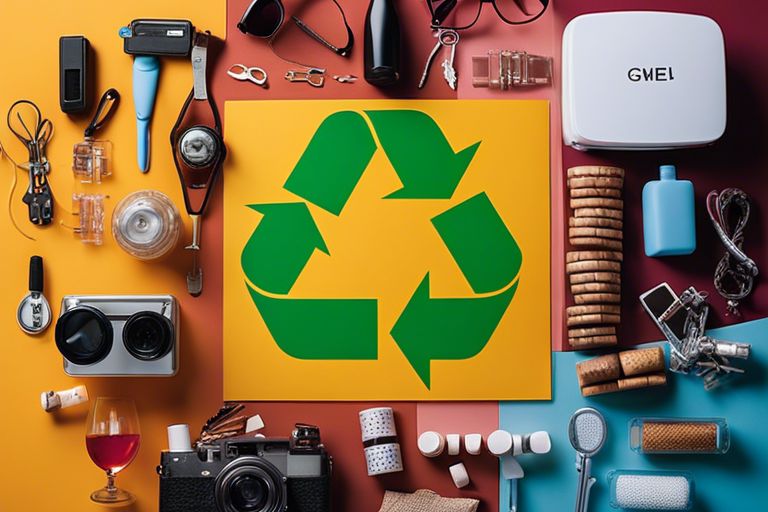
The Top 10 Items You Didn’t Know Could Be Recycled
In conclusion, it is important to be aware of the various items that can be recycled in order to reduce waste and protect the environment. Many people are unaware that certain items, such as electronics, household appliances, and even clothing, can be recycled rather than ending up in landfills. By making a conscious effort to recycle these items, we can contribute to the conservation of natural resources and reduce the negative impact of waste on our planet. It is essential for individuals to educate themselves about the recycling options available in their community and make the effort to properly dispose of these items. As we continue to strive for a more sustainable future, it is crucial to remember that recycling is a simple yet effective way to make a positive impact on the environment.
FAQ
Q: What are the top 10 items that can be recycled that people may not know about?
A: The top 10 items that can be recycled include plastic bags, batteries, electronics, clothing, light bulbs, corks, ink cartridges, cooking oil, mattresses, and certain types of plastic packaging.
Q: How can plastic bags be recycled?
A: Many supermarkets and recycling centres have collection points for plastic bags where they can be recycled into new plastic products.
Q: What is the proper way to recycle batteries?
A: Batteries should be taken to designated battery recycling points, typically found in supermarkets and hardware stores, to prevent environmental contamination from hazardous materials.
Q: Can old electronics be recycled?
A: Yes, old electronics such as mobile phones, computers, and televisions can be recycled at electronic waste recycling facilities to recover valuable materials and reduce electronic waste.
Q: What can be done with old clothing that is no longer wearable?
A: Old clothing can be recycled into new fabrics or upcycled into new garments through textile recycling programmes or donated to charity shops.

